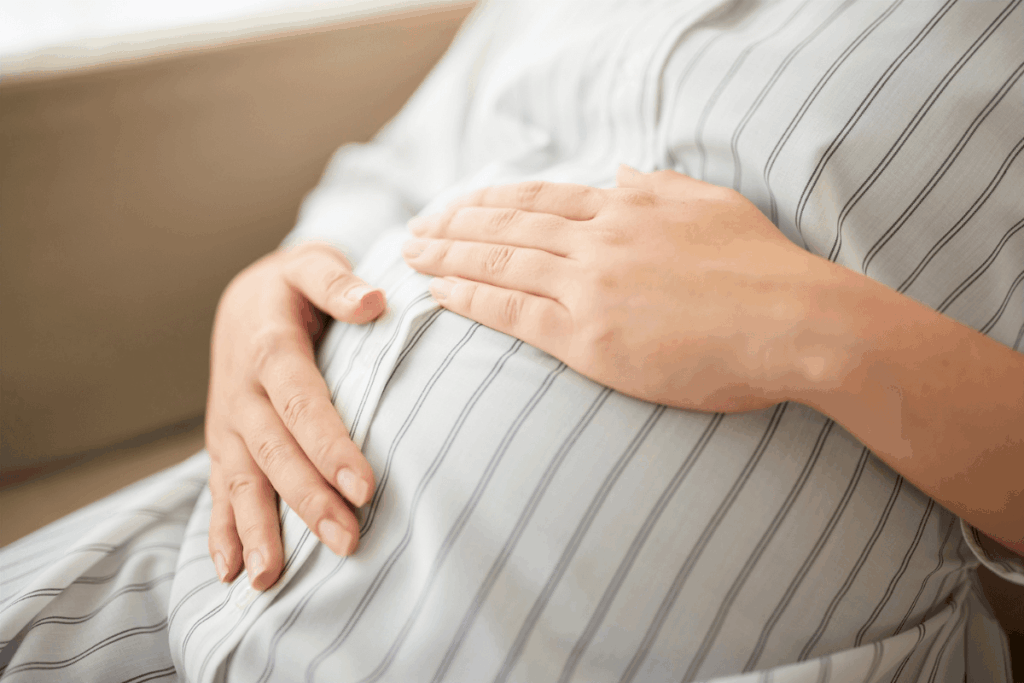
Listeria monocytogenes (LM) is an anaerobic gram-positive bacterium capable of surviving in high salt concentrations, different temperatures, and diverse pH levels. LM is primarily transmitted to humans through different contaminated foods. This bacterium is commonly identified in raw meat, water, dairy products, fruits, soil, ready-to-eat items, frozen foods, and vegetables. Pregnant women are 12-20 times more susceptible to infection and may initially develop flu-like symptoms. But this infection can lead to severe complications such as sepsis, miscarriage, CNS issues, and preterm birth, as well as death, with mortality up to 57%. Around 20% of LM infections occur in newborns or pregnant women in Europe. However, no data exists for Xiamen, China. A recent study published in BMC Pregnancy Childbirth investigated pregnancy-associated listeriosis cases between 2015 and 2013 and evaluated bacterial susceptibility and clinical features.
In this retrospective study, a total of 9 pregnant women and their newborns with pregnancy-associated listeriosis (eight with singleton pregnancies and one with twins) were identified during 2015-2023 across hospitals in Xiamen. The median maternal age was 30 years (24-36), and the median gestation age at delivery was 31.1 weeks (13.6-39.1). Newborn cases were classified as late- or early-onset. Complications, clinical data, outcomes, and laboratory findings, including neonatal death, stillbirth, and miscarriage, were retrieved from medical records. Antimicrobial susceptibility was tested as per European Committee on Antimicrobial Susceptibility Testing (EUCAST) guidelines. Statistical analysis was performed using IBM SPSS 22.0.
Among maternal cases, flu-like symptoms were observed in five women (55.6%), prenatal fever in 8 cases (88.9%), and gastrointestinal discomfort in two cases (66.7%). Pregnant women were treated with a cephalosporin antibiotic in 4 cases (44.4%). Outcomes included two intrauterine fetal deaths, four preterm births, one full-term delivery, and two inevitable miscarriages. Laboratory findings showed increased procalcitonin (PCT) levels, C-reactive protein (CRP) levels, and neutrophil percentage. The median hospital stay was found to be 7 days (5-19) with full postpartum recovery and no sequelae at six months. Furthermore, one asymptomatic patient had LM detected at 39.1 weeks, and her newborn was uninfected.
Among ten neonates, five infants were born alive with a median birth weight of 1688 gms, ranging from 1450 to 2960 gms. Among the five births, 4 had early-onset LM-infection, and one newborn remained uninfected. All live infants initially received broad-spectrum antibiotics like piperacillin-tazobactam or meropenem. About two newborns died on days 3 and 4. Three recovered after hospital stays of 10, 33, and 46 days. There were no late-onset LM infections reported. Laboratory findings in live births included elevated glutamic oxaloacetic transaminase (AST), CRP, glutamic-pyruvic transaminase (ALT), and PCT levels, and four had increased white blood cell counts. Antimicrobial testing showed that all LM strains were susceptible to erythromycin, penicillin, trimethoprim-sulfamethoxazole, ampicillin, and meropenem. This study’s limitations include a single-center study, only 9 cases, limiting generalizability, and antimicrobial analysis.
In conclusion, pregnancy-associated listeriosis is rare in Xiamen, yet food safety education for pregnant women remains essential to prevent severe fetal outcomes. Because clinical symptoms are nonspecific, early detection is challenging. Strong inflammatory or laboratory signs should prompt timely microbiological and placental testing and consideration of appropriate antimicrobial treatment.
Reference: Fu X, Chen L, Chen X, et al. Retrospective analysis of pregnancy-associated listeriosis in a city in southeastern China (Xiamen) from 2015 to 2023. BMC Pregnancy Childbirth. 2025;25:1234. doi:10.1186/s12884-025-08286-5











